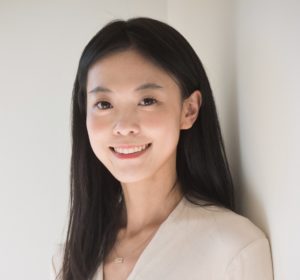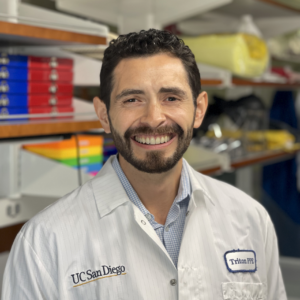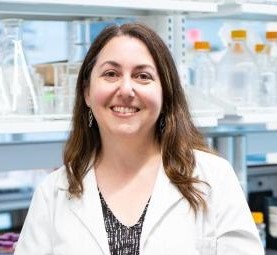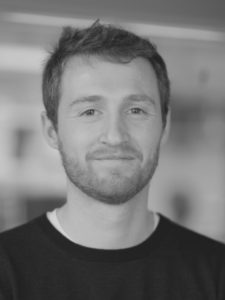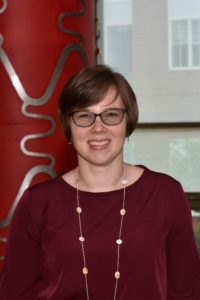Read Yichun’s Emerging Investigator article ‘Stimulative piezoelectric nanofibrous scaffolds for enhanced small extracellular vesicle production in 3D cultures‘, DOI: 10.1039/D4BM00504J
1. How do you feel about Biomaterials Science as a place to publish research on this topic?
Biomaterials Science is an excellent platform for publishing research on innovative biomaterials and biomedical engineering. The journal’s focus on cutting-edge biomaterial advancements and its broad readership in both academia and industry make it an ideal place to disseminate our findings. By showcasing our work on a novel 3D piezoelectric nanofibrous scaffold for enhanced small extracellular vesicle (sEV) production, we were able to contribute to the growing field of biomaterials and therapeutic delivery systems. I believe Biomaterials Science effectively bridges material innovation with biomedical applications, helping to advance the field.
2. What aspect of your work are you most excited about at the moment, and what do you find most challenging about your research?
I’m most excited about the potential impact of our stimulative 3D culture platform on the production and clinical translation of sEVs. Achieving a 15.7-fold increase in sEV production rate per cell, while maintaining consistent particle size and protein composition, is a significant advancement. This technology can accelerate sEV-based drug delivery applications, which have transformative potential for targeted therapies.
The most challenging part of our work lies in understanding and optimizing the complex interplay between the 3D microenvironment, acoustic stimulation, and cellular responses. Achieving reproducibility across different cell types and scaling the platform for larger production volumes are critical challenges that need to be addressed as we move towards clinical applications.
3. In your opinion, what are the most important questions to be asked/answered in this field of research?
Some of the most important questions in this field include:
- How can we optimize the production and scalability of sEVs? While platforms like ours show promise, further advancing the biomaterials and optimizing large-scale production with high consistency remains a challenge.
- What are the molecular mechanisms governing sEV production and cargo loading in response to different stimuli? Understanding these mechanisms will help us further enhance sEV yield and tailor their therapeutic payload.
- How do we ensure the safety, stability, and efficacy of sEVs for clinical applications? Addressing concerns about immunogenicity, cargo degradation, and controlled delivery is essential for the translational success of sEV-based therapies.
4. Can you share one piece of career-related advice or wisdom with other early career scientists?
My advice is to embrace interdisciplinary collaboration in research. Complex research challenges, such as those in drug delivery and biomaterials, often require expertise from multiple disciplines—materials science, biology, engineering, and medicine. Building strong collaborations not only advances your research but also opens up new opportunities for innovation. Additionally, don’t hesitate to tackle ambitious ideas; transformative breakthroughs often come from pushing boundaries.
Find out more about The Wang Lab


